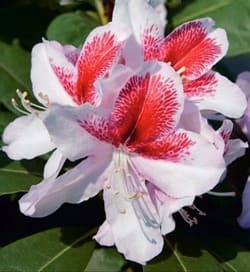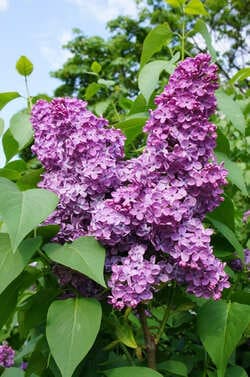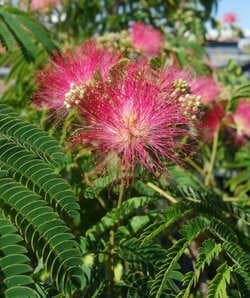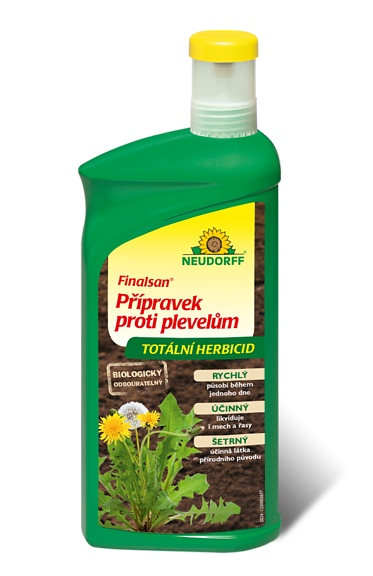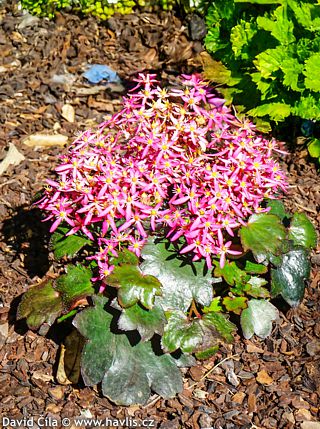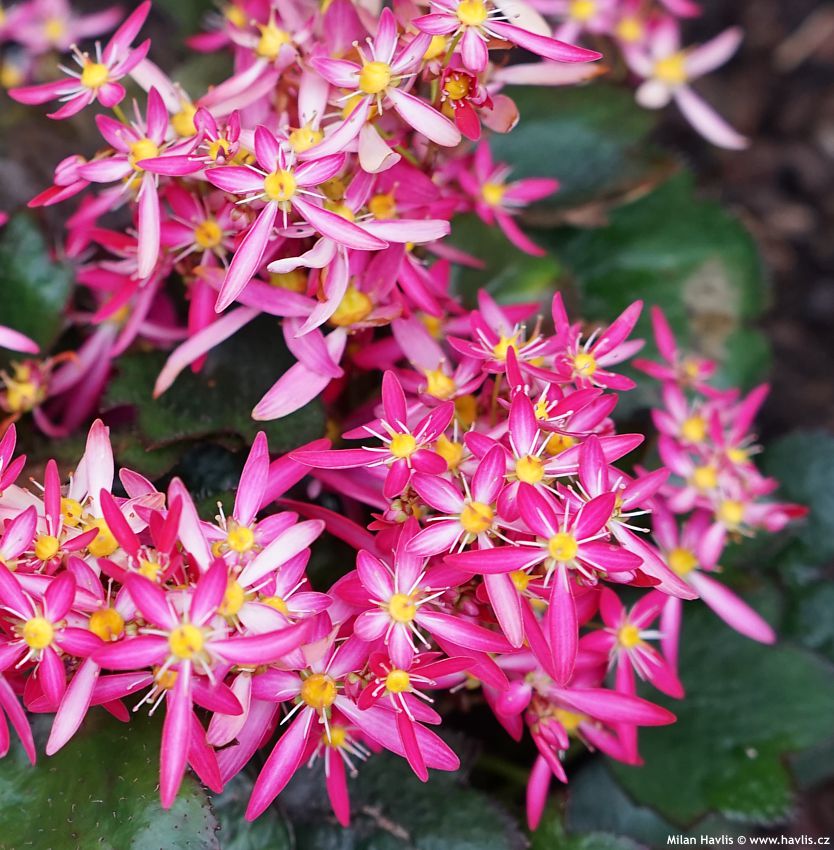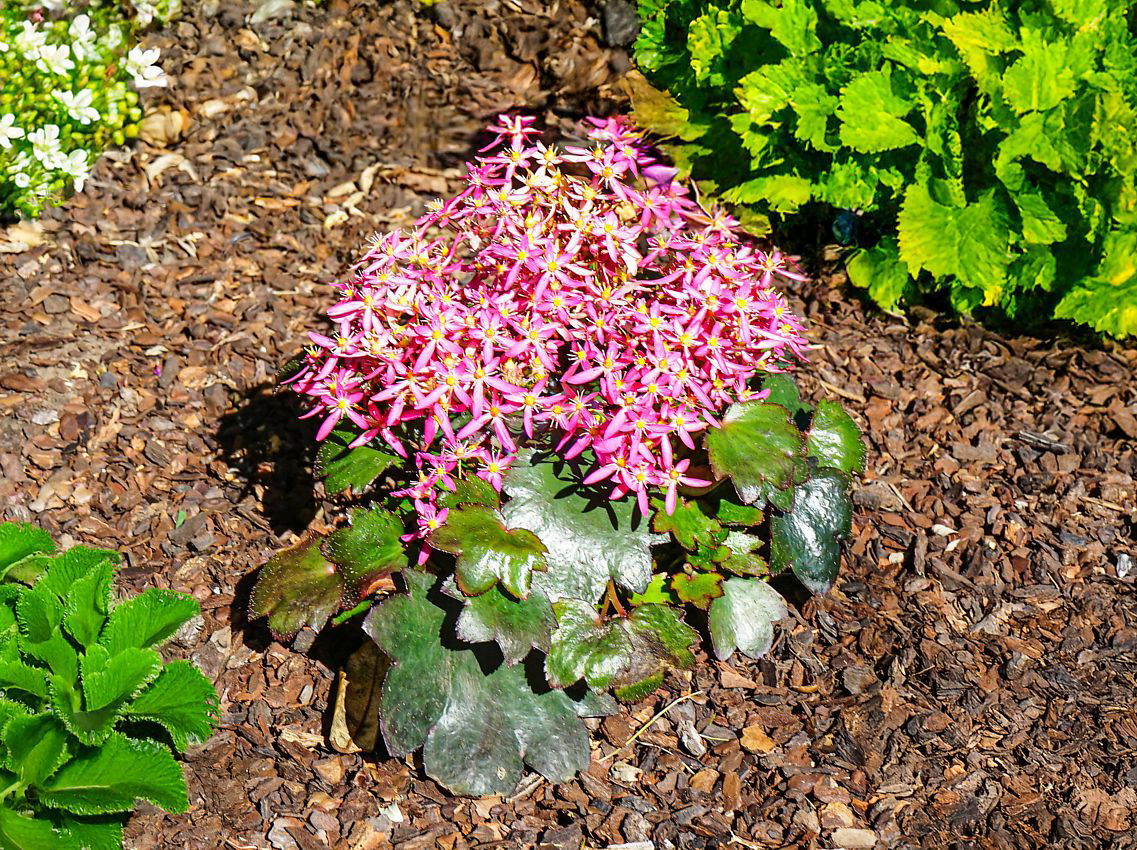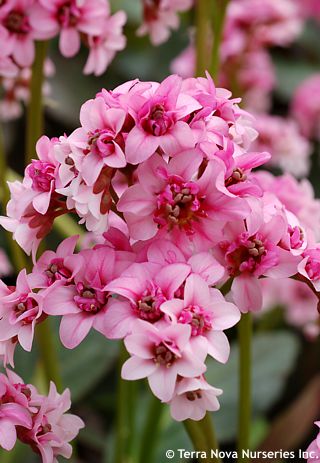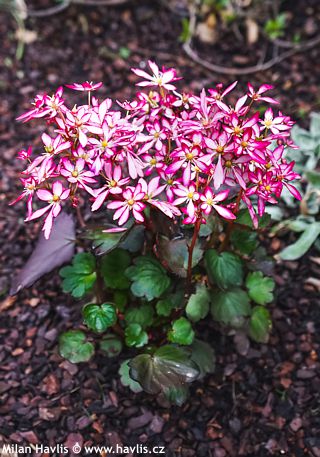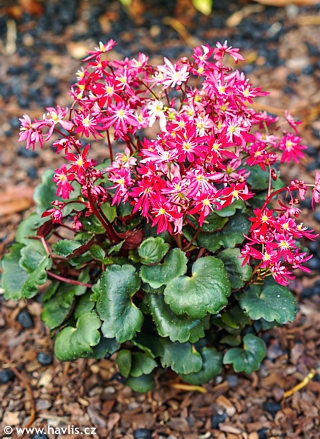Saxifraga cortusifolia 'SH 1937' DANCING PIXIES® TIA autumn saxifrage
Saxifraga
Saxifrage is a large genus and individual species can vary one from another so much that you would hardly believe that they are in any way related to the popular and possibly most famous moss saxifrage hybrids. Autumn saxifrage is unique not only due to its appearance but also its blooming season: September and October. It comes from Japan and despite its good performance in most milder parts of Europe it is still very little known. Honestly, more than anything like saxifrage it resembles kalanchoe, cyclamen or heuchera. There had not been many varieties to choose from until 2020 when German breeder of hellebores Josef Heuger introduced his fantastic series called DANCING PIXIES®. It consists of 20 varieties, all of which are immensely beautiful, and they have female names all beginning with a letter T. Wonder why …
TIA is an autumn saxifrage variety from the DANCING PIXIES® series with attractive flowers. It is a low-growing perennial whose blossoms consist of strikingly elongated petals of uneven length. They are glowing pastel pink in colour and appear atop 20-25 cm tall stems. They bloom from late summer into autumn – from September to October – bringing brightness to autumn garden beds and containers alongside heathers, anemones, liriope, and other autumn-flowering plants suited to partial shade.
Its deciduous leaves are very glossy, dark olive green, and mahogany flushed when young. They are roundly palmate, shallowly lobed, and reminiscent of marsh marigold or coral bells leaves, with their undersides typically purple. Even after blooming, the foliage provides a lovely backdrop and pairs well with many perennials as it is completely distinct from most of them. The plants are dense and form a slowly spreading ground cover, enlarging their clumps year after year.
Autumn saxifrage is somewhat picky about location and soil type. It prefers partial shade or filtered sunlight with a maximum of 5 hours of direct sun. The soil has to be moist but well-drained, rich in organic matter, and preferably acidic which makes it and ideal companion plant to heath and heather, dwarf rhododendrons and azaleas or kalmias. For best results keep it mulched and water it during dry spells of spring and summer. Hardy to about -23 °C (USDA zone 6). NOT suitable for pots and dry rockeries.
Last update 07-04-2025












